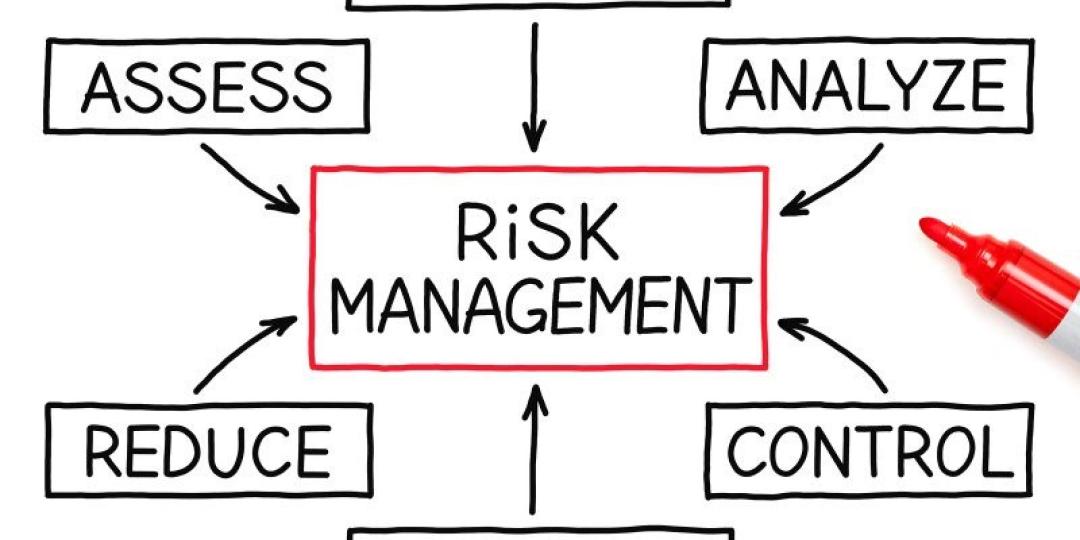Mining risks are complex and often unpredictable, but unavoidable if you want to succeed in the highly challenging operating environment that mining companies face. The more prepared you are to manage risks, the better.
Ensuring that you partner with a broker that understands all the risks that span the mining project life cycle can make all the difference to business success.
Risk management is a critical requirement of any business and the role of every risk manager is to provide a structured approach to assessing and developing a risk-aware culture and to help mitigate risk across the entire organisation.
Many organisations will employ a professional risk manager on a full-time basis while others will manage this function internally. Depending on the size and needs of the organisation, it may be more beneficial to outsource the role to dedicated risk management professionals.
The professionals should have extensive expertise in the mining sector and a comprehensive understanding of the challenges your sector faces and how to communicate these challenges both externally and, as importantly, internally. In a nutshell, they should know the risks your business may face, and how to help you overcome them.
Since losses are bound to happen in the mining industry, companies that take a proactive approach can significantly limit the scale of those losses. Gail Nicol, mining specialist at JLT South Africa, says: “Having a dedicated risk management professional means that they are familiar with the factors that are frequent contributors to major losses, and can work to mitigate those factors wherever possible.”
Having this dedicated resource also means that staff previously encumbered with risk management responsibility are now freed up to focus on the core business and leaves the specialist to focus on:
- Industry-specific risk management and insurance insight and advice.
- Insurance programmes designed to respond to the mining sector risk profile as opposed to adapting an “off the shelf” generalised approach.
- Optimisation of resource allocation by focusing the organisation’s risk management effort where it can provide the most benefit.
- An understanding and remediation of gaps in coverage and approach.
- Identification of risks that need specialised treatment.
- A strategic risk engineering programme to both serve the needs of the business and support a greater risk management approach.
- Opportunities to support other functional groups within the organisation.
- Market credibility, trust in the organisation’s message and support of long-term underwriter partnerships at a time when markets begin to stabilise/harden.
- A comprehensive understanding of the organisation risk profile to all stakeholders and partners.










